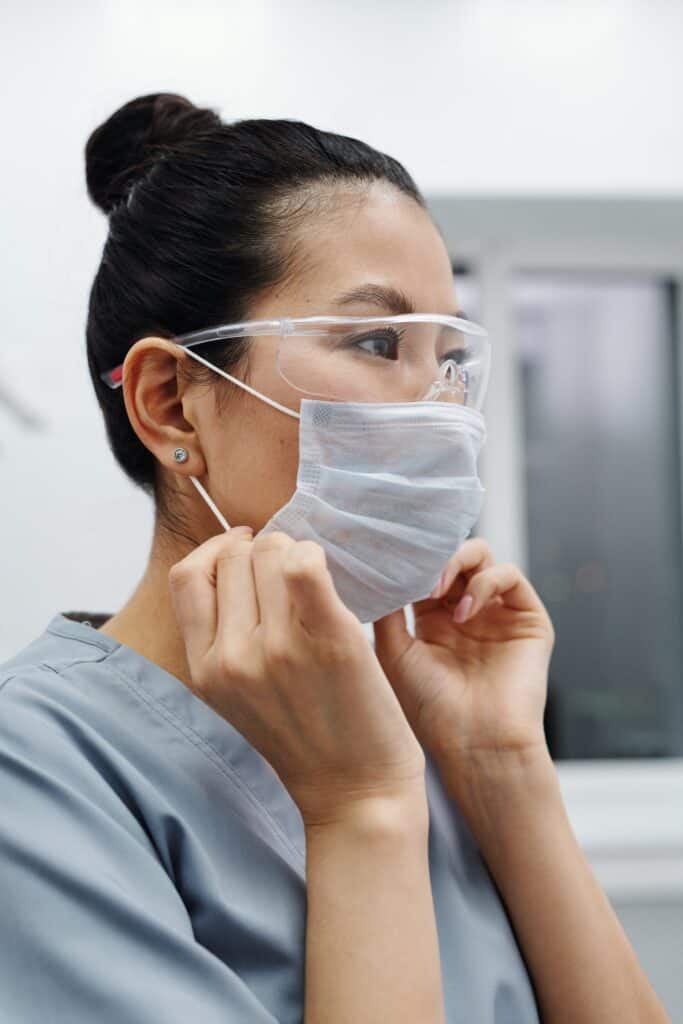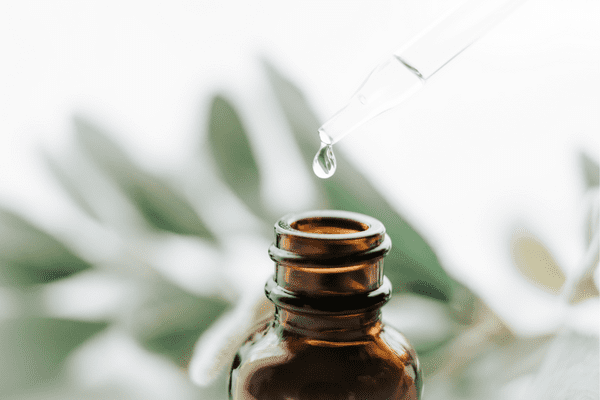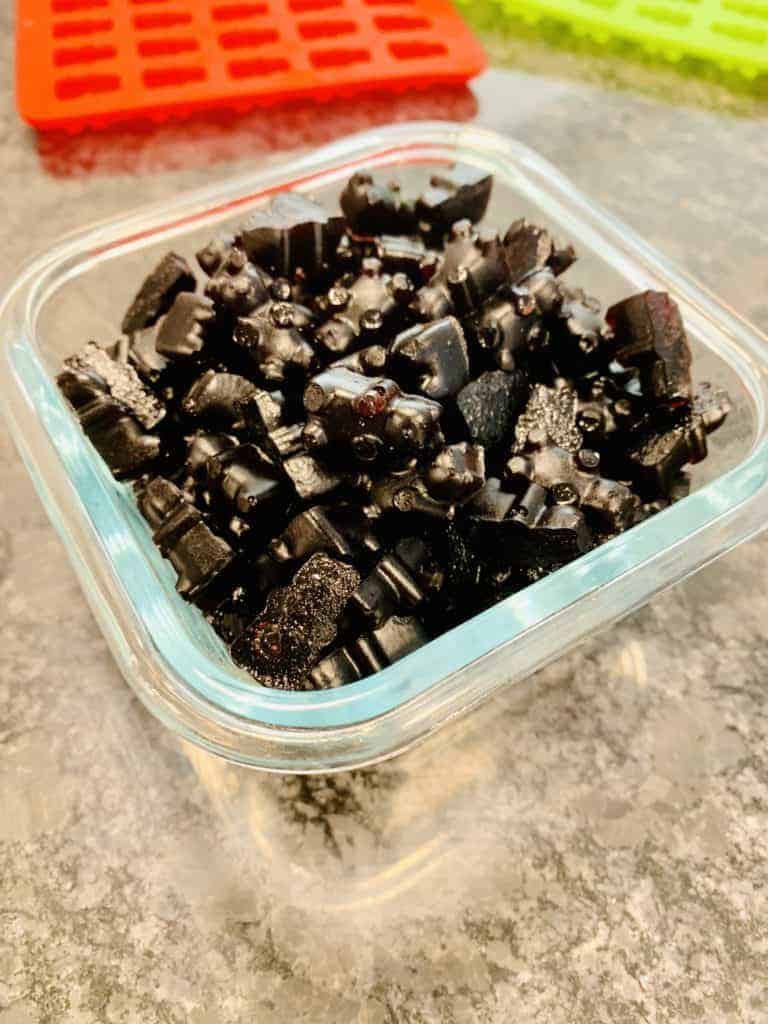In the ever-evolving world of cosmetic enhancements, biopolymers have emerged as a popular choice for those seeking to alter their appearance. Understanding the intricacies of biopolymers removal is crucial for individuals facing adverse effects from these enhancements. This article aims to provide comprehensive insights into everything you need to know about biopolymers removal, from identifying the need for it to understanding the removal process itself.
- Understanding Biopolymers: Biopolymers are synthetic substances commonly used in cosmetic procedures to enhance body contours. They gained popularity due to their immediate and lasting effects in augmentations, particularly in areas like the buttocks and face. However, biopolymers pose significant risks as they are not biodegradable and can cause adverse reactions in the body.
- Signs You Need Biopolymers Removal: Recognizing the need for biopolymers removal is critical. Warning signs include persistent pain, swelling, changes in skin texture or color, and the formation of lumps at the injection site. In some cases, individuals may experience systemic symptoms like fever or fatigue. Early detection and intervention are key to preventing more severe complications.
- Consultation with a Specialist: Consulting with a medical specialist who has expertise in biopolymers removal is essential. This specialist should have a thorough understanding of the complications associated with biopolymers and the skills required for their safe removal. During the consultation, it’s important to discuss your medical history, the nature of your complications, and your expectations from the procedure. Ask about the specialist’s experience, the techniques they use, and the potential risks involved in the removal process.
- Complications from Biopolymers Injections: The complications associated with biopolymers injections can be both physically and emotionally taxing. These substances, once injected, can migrate to other parts of the body, cause infections, or trigger allergic reactions. In some cases, the body’s response to these foreign materials can lead to the formation of granulomas or fibrosis, resulting in pain, deformity, and other serious health issues. The complexity and unpredictability of these reactions often necessitate the removal of biopolymers to alleviate symptoms and prevent further health complications.
- The Removal Process: The process of biopolymers removal varies depending on the location and extent of the biopolymers, as well as the individual’s specific complications. Typically, the procedure involves surgical removal, which can be complex and requires precision to minimize damage to surrounding tissues. Surgeons may use techniques like ultrasound or MRI to locate the biopolymers and plan their removal. The surgery might involve making incisions to extract the substance, and in some cases, reconstructive procedures may be necessary to repair tissue damage. Understanding the steps and challenges of the removal process is crucial for individuals preparing for this surgery.
- Risks and Complications of Removal: The removal of biopolymers, while often necessary, comes with its own set of risks and complications. These can include infection, bleeding, scarring, and potential damage to surrounding tissues or organs. In some cases, complete removal may not be possible, leading to ongoing health issues. Patients must be aware of these risks to make an informed decision. It’s crucial to discuss all potential outcomes with the surgeon beforehand, understanding that while the removal can alleviate many symptoms caused by biopolymers, it is not without its challenges.
- Post-Removal Care and Recovery: Recovery after biopolymers removal varies depending on the individual case and the extent of the surgery. Post-operative care is critical for healing and includes wound care, pain management, and possibly antibiotics to prevent infection. Patients may need to wear compression garments and avoid certain activities as they heal. Following the surgeon’s post-operative instructions meticulously is essential for a successful recovery. Regular follow-up appointments will be necessary to monitor the healing process and address any concerns that may arise.
- Psychological Impact of Removal: Undergoing biopolymers removal can be an emotionally taxing experience. Patients may deal with a range of emotions, from relief at having the substances removed to anxiety about the surgery’s outcome. The physical changes post-surgery can also impact one’s body image and self-esteem. It’s important for patients to have access to psychological support during this time. Counseling or therapy can provide a space to process these emotions and develop coping strategies. Support groups can also offer comfort and understanding from others who have gone through similar experiences.
- Alternatives to Biopolymers: For those considering cosmetic enhancements, there are safer alternatives to biopolymers. These include FDA-approved fillers and implants, which have been rigorously tested for safety and effectiveness. These alternatives also come with the benefit of being administered by certified professionals who can ensure proper technique and follow-up care. It’s important for individuals to research these options thoroughly and consult with qualified plastic surgeons to understand the best choice for their needs and goals.
- Legal and Ethical Considerations: The use of biopolymers in cosmetic procedures raises significant legal and ethical questions. There is a responsibility among practitioners to fully inform patients of the risks associated with biopolymers. Additionally, the legal implications of complications arising from these substances can be complex. Ethically, the medical community must prioritize patient safety and advocate for stricter regulations on the use of such materials in cosmetic procedures. Patients should also be aware of their rights and the standards of care they should expect from medical professionals.
Conclusion: Navigating the complexities of biopolymers removal requires a thorough understanding of the procedure, its risks, and the care involved in recovery. Patients must be aware of the physical and psychological impacts of undergoing such a procedure and should seek support throughout the process. Exploring safer alternatives and understanding the legal and ethical considerations are also crucial steps. Ultimately, the decision to undergo biopolymers removal is deeply personal and should be made with the guidance of experienced medical professionals. By approaching this decision with caution and armed with knowledge, patients can take a significant step towards resolving complications from biopolymers and improving their overall health and well-being.





